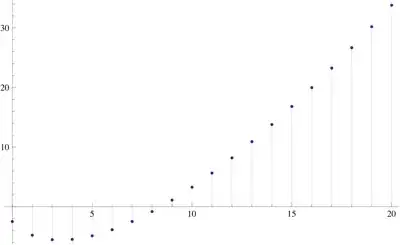The Exponential Generating Function for the Bernoulli Numbers is
$$
\frac{x}{e^x-1}=\sum_{n=0}^\infty B_n\frac{x^n}{n!}
$$
Since this function has poles at $x=\pm\pi i$ we know that
$$
\begin{align}
\frac1\pi
&=\limsup_{n\to\infty}\left(\frac{B_n}{n!}\right)^{1/n}\\
&=e\limsup_{n\to\infty}\frac{B_n^{1/n}}n
\end{align}
$$
Using deeper complex analysis, we have the Functional Equation for $\zeta(s)$:
$$
\zeta(s)=2^s\pi^{s-1}\sin\left(\pi s\over2\right)\Gamma(1-s)\zeta(1-s)
$$
Which says that
$$
\frac{B_{2n}}{2n}=\zeta(-2n+1)=-\frac{2(2n-1)!}{(-4\pi^2)^n}\zeta(2n)
$$
Now, we can actually compute $\zeta(2n)$ using the recursion in this answer, but what is important here is that it is very close to $1$ for large values of $n$.
Thus, for $n\ge\pi+1$, $\zeta(-2n+1)$ changes sign, but is growing in magnitude. Thus, once $\zeta(-2n+1)\ge\zeta(-1)$ (and as shown in this answer, that is at $n=7$), it will be greater than any previous value. Thus, for $n\gt7$, $\frac{B_{2n}}{2n}$ will be unique. Comparing the values for $n\le7$, we get that
$$
\frac{B_{2n}}{2n}=\frac{B_{2m}}{2m}
$$
for $1\le m\lt n$ only when $m=1$ and $n=7$.
Here is a plot of $\log\left|\frac{B_{2n}}{2n}\right|$

Note that for $n\ge4$, $\left|\frac{B_{2n}}{2n}\right|$ is monotonically increasing as described above, and that for $n\gt7$, $\left|\frac{B_{2n}}{2n}\right|$ is larger than any previous values.
